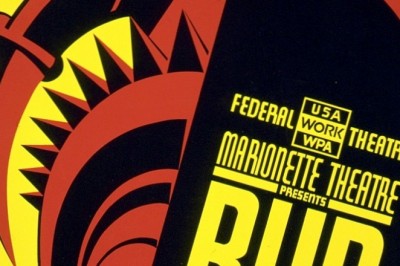
Last weekend I visited the San Francisco Film Festival’s “VR Day,” and spent some time binging on short pieces made for the Samsung Gear, Google Cardboard, and Oculus Rift; and amid all this virtual diversity, lo, the proverbial scales did fall from my eyes.
Yes, VR is amazing — I caught myself uttering “oh, wow” under my breath multiple times — but at the same time, don’t kid yourself, we are still in the “Steamboat Willie” / hand-cranked-cameras stage of the art. The technology is terrific but still profoundly restrictive, and as Lucas Matney observes, it raises a whole lot of unanswered questions.
How will we tell stories in VR? What will be the relationship between those stories and their observers? The more one “moves” in VR, the more compelling it is … but the greater the risk of motion sickness. (I felt faint stirrings from a mere drone’s-eye view, and my gut survived the Bitcoin Jet.)
More importantly, though, stationary-observer VR — call it “DomeVR,” since your point-of-view is essentially frozen in place within a dome — may be a richer, more immersive experience than a 2D screen, but when it comes to traditional narratives, it is vastly inferiorto, say, movies.
Narrative storytelling is something I’ve thought, and know, a lot about; I’ve had a clutch of novels (traditionally) published, scripted a graphic novel for Vertigo Comics, had various screenplays bounce around Hollywood, have helped to shoot and edit TV episodes, etc. All those kinds of stories follow similar rules — rules which are blithely, rudely shattered by VR.



















